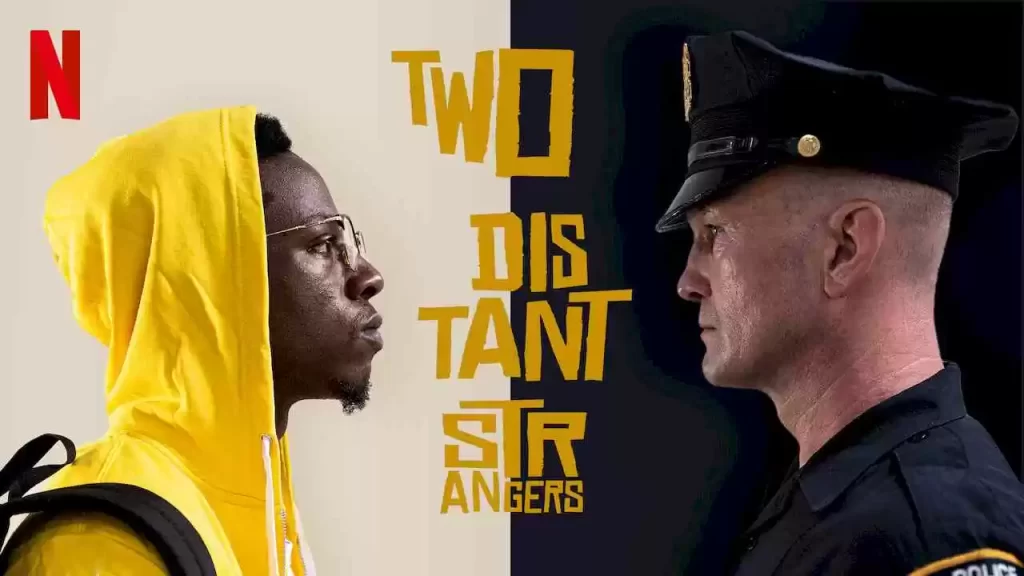By Shamya Hill |
In an industry that produces movies about vampires, werewolves, wizards, aliens riding bikes over the moon, and monsters, I think it is safe to say that art doesn’t imitate life except when it does. When movies depict black women as angry and weak or when black men are depicted as thugs and gangsters, it makes me question if art imitates life. There are endless possibilities to art; however, why aren’t African Americans safe in art?
Netflix’s new movie “Two Distant Strangers” reveals a young black man trying to get home to his dog but is stuck in a time loop in which the result is always the same. He gets shot by a white police officer. As the movie goes on, he tries multiple strategies to avoid his inevitable fate, including following the cop’s instructions and attempting to engage him in conversation. Yet, no matter what he tries, he is still killed.
In the wake of George Floyd, Eric Garner, Amadou Diallo, Oscar Grant, and a never-ending list of multiple innocent black lives taken away too soon by white police officers, I always hear the same thing over and over, “Well, maybe if they listened to the cops and followed instructions, then the outcome wouldn’t be the same.” The issue isn’t black and white. There are gray areas that we still don’t understand. In the movie, the ending scene focuses on the black male and white officer. They are having a conversation as the officer drives the young man home to his dog, and before he can touch the doorknob, the officer kills him and says, “See you tomorrow.” This movie caused me to feel a roller coaster of emotions but left me thinking about how the black male’s fate is already determined in both life and death.
Shamya Hill is a food lover and English Major at Medgar Evers College, CUNY.

